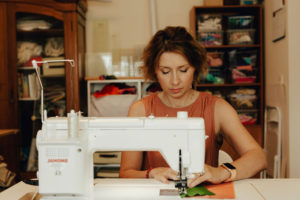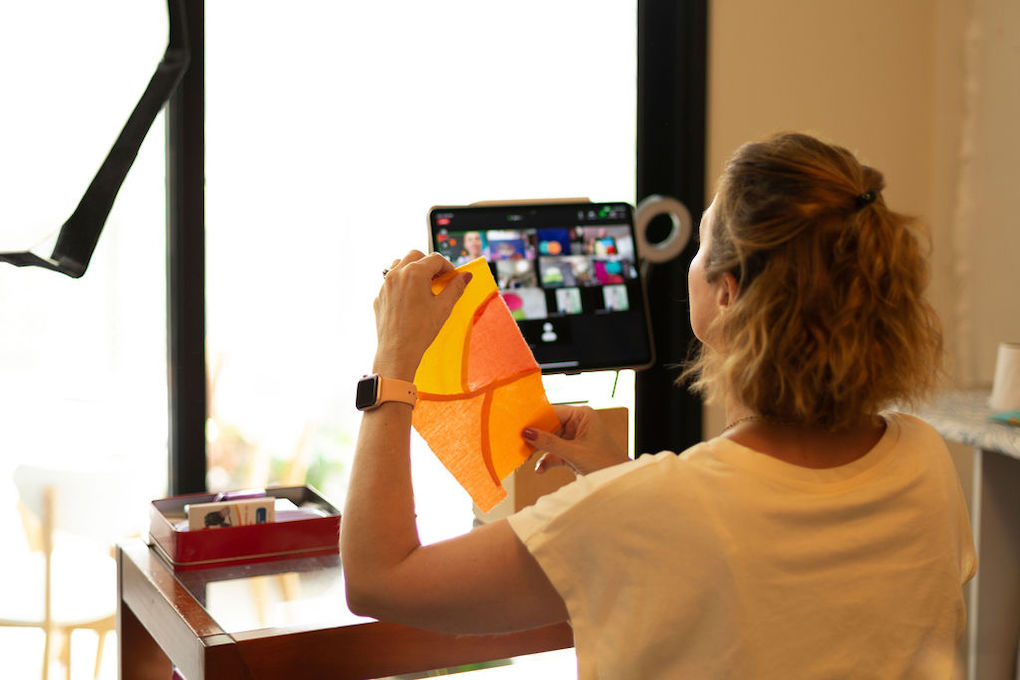If you’re a quilter, you might wonder what modern quilting classes are and why you should take one. This blog post will explore what modern quilting classes are, some of the benefits of taking one, and some color theory tips that every quilter should know.
What Are Modern Quilting Classes?
Quilting has been around for centuries and is a popular craft worldwide. It traditionally involves sewing two or more pieces of fabric together to create a decorative item, such as a blanket or pillow. Modern quilting classes are a new twist on this old craft.
In modern quilting, students learn how to create stylish and functional quilts. They use various techniques, including piecing, appliqué, and free-motion quilting. Students also learn how to select fabrics and colors that complement each other and adequately care for their finished quilts.
Modern quilters can find classes at e, so there is something for everyone. Whether you are a beginner who wants to learn the basics or an experienced quilter who wants to try something new, modern quilting classes can help you take your skills to the next level.
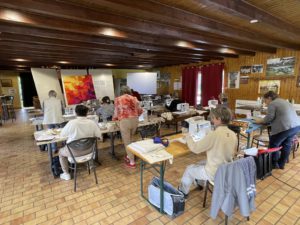
What Are The Benefits of Modern Quilting Classes?
Here are a few perks of taking a modern quilting class you can get by signing up.
Receiving Guidance From A World-Renowned Quilter
It’s generally known that receiving guidance from experienced professionals is always beneficial. That is especially true if you want to take your quilting skills to the next level. While there are many ways to learn quilting techniques, taking a class from a world-renowned quilter can offer some unique benefits.
One of the biggest benefits of receiving guidance from world-renowned modern quilters is that you can be sure you are learning from someone with a wealth of experience and knowledge. They have spent years perfecting their craft, and as such, they can provide students with insights that can be difficult to find elsewhere. In addition, world-renowned quilters typically have access to the latest tools and techniques, which means you can learn about the latest developments in the field.
Another benefit of taking a class from a professional quilter is that you will likely receive personalized attention and guidance. In most cases, they teach classes that are small in size, which allows them to give each student the individual attention they deserve. This personalized attention can be invaluable, particularly if you struggle with a particular technique or concept.
Overall, taking a class from seasoned modern quilters can offer numerous benefits. It is worth considering this option if you are serious about taking your quilting skills to the next level.
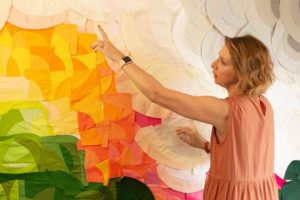
Personalized Guidance Throughout The Process
When you take a modern quilting class, you can expect to receive personalized guidance throughout the process. That means that you will have a world-renowned quilter by your side, providing you with direction and advice every step of the way.
You will also benefit from learning about color theory and quilting techniques from lectures given by your instructor. This knowledge will be invaluable as you create your quilts. And because you’re taking the class online, you won’t be distracted by having to go to a quilt shop or feeling pressured to purchase supplies.
You Learn Color Theory
When you take a class on color theory for quilters, you can expect to learn about the different ways you can use colors in quilting. You will also learn the other effects colors can have on a quilt. You will learn about color in quilting and how to create different looks with color. You will also learn to mix and match colors to create different effects.

Learning Necessary Quilting Techniques
To create a successful quilt, you need to know about various quilting techniques. These include piecing, appliqué, batting, and binding.
Piecing
Piecing is the process of sewing together smaller fabric pieces to create a larger design. Appliqué is the process of attaching one fabric to another with stitching. Batting is the stuffing that goes inside a quilt, and binding finishes the edge of a quilt.
To get started, you should first decide what kind of quilt you want to make. Once you have an idea, you can start gathering supplies and fabrics. Then, you can begin piecing your quilt top.

Batting and Backing
After piecing your quilt top, you will need to add batting and backing. The batting goes between the quilt top and the backing and provides padding and insulation. Once you have added the batting, you can begin stitching your quilt together.
Binding
Finally, you will need to bind your quilt. Binding is finishing the edge of a quilt by sewing it to a backing fabric. That will give your quilt a clean finish and prevent it from fraying over time.
No Pressure To Purchase Quilting Supplies
When you take a quilting class from Modern Quilter Classes, you won’t have to worry about being distracted by a trip to the quilt shop. You might feel pressure to purchase supplies at a quilt shop, but you won’t have to worry about that when taking one of our classes. Our Zoom courses include everything you need to complete your quilt, so you can focus on learning the techniques and color theory without worrying about purchasing supplies.
Courses Include 30-Day Access To The Class, A Supply List, and Individual Work Groups
You can review lectures and techniques from the class with 30-day access to Modern Quilter Classes. You’ll also receive a list of supplies to have everything you need before the course starts. You’ll be broken out into individual groups to work on your quilt so you can get personalized guidance throughout the process.
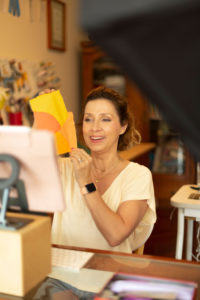
What is Color Theory For Quilters?
As a quilter, have you ever wondered why certain color combinations look so good together while others don’t work? There’s a science behind it! It’s called color theory, and you can apply it to quilting to create beautiful, harmonious designs.
The basis of color theory is the relationships between different colors. The three primary colors are red, yellow, and blue, with secondary colors orange, green, and purple. Secondary colors come from combining two primary colors in equal proportions. You create tertiary colors by mixing primary and secondary colors. For example, blue-green is mixing blue and green in equal parts.
There are also warm (red, orange, and yellow) colors and cool (blue, green, and purple) colors. Warm colors are more energizing and exciting, while cool colors have a calming effect.
How Can You Use Color Theory in Your Quilting?
Here are a few ideas:
Create Contrast
Contrasting colors are opposite each other on the color wheel (e.g., red and green). Using contrasting colors in your quilts will create a bold look that pops!
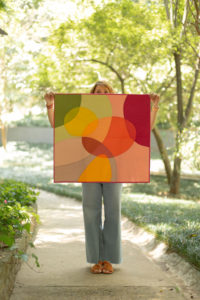
Use the 60-30-10 Rule
This rule states that 60% of your quilt should consist of one dominant color, 30% should be a secondary color, and 10% should be an accent color (usually a tertiary color). This proportion will create a well-balanced design that is pleasing to the eye.
Use Analogous Colors
Analogous colors are next to each other on the color wheel (e.g., red and orange). Using analogous colors in your quilts will create a harmonious look that is soothing to the eye.
Hopefully, this introduction to color theory has inspired you to experiment with different color combinations in your quilting.
Ready For Modern Quilting Classes?
We have you covered if you’re looking for fellow modern quilters or a good quilting class. Carolina Oneto is a seasoned quilting professional who can teach you everything you need. Sign up for one of her Modern Quilter classes right now!
